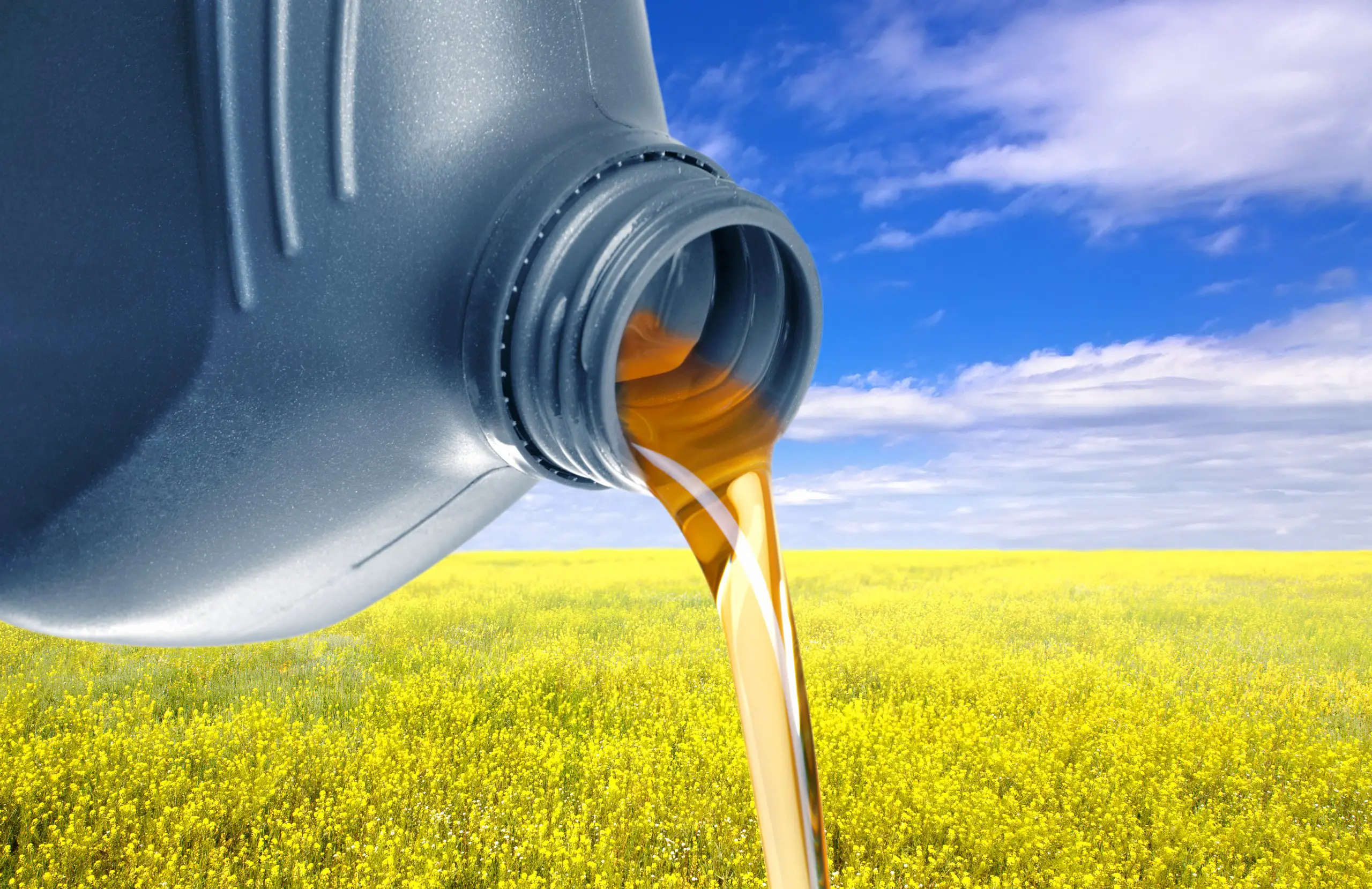Canola Oil: How Canada Convinced Us All To Eat Engine Lubricant
Tags: opinion

Canola oil started out as an engine lubricant and as fuel for generating light, but these days it can be found in kitchens all across the world.
So how did that transition happen?
Canola is a type of rapeseed which has for centuries been used to produce oil for things such as lamps or as a lubricant for industrial machines. You’ve probably driven past canola fields at some point – recognizable by their vivid yellow color.
Its known to be one of the world’s oldest cultivated plants and was first recorded as being used for oil lamps in the 13th century in northern Europe.
Hey, are you on Instagram? Check out the official Truth Theory Instagram page HERE, we upload new content every day.
In India, it was used up to 4,000 years ago, while there is evidence of use in China and Japan 2,000 years back.
Canada spotted a gap in the market for canola
During the Second World, Canada produced huge amounts of rapeseed in order to lubricate aircraft, ship engines and other machines.
Then, when the war made it difficult to acquire European and Asian rapeseed oil, a critical shortage occurred. The Canadian government recognized the opportunity and set out to find other uses for the product they had become so good at producing.
However, early versions of edible Canola oil did not go down well. The challenge was to get rid of Erucic acid and glucosinolate, which tasted unpleasant and was potentially bad for one’s heart.
It took a several decades to achieve the desired product. Finally, two individuals at the University of Manitoba, Canada – Richard Downey and Baldur Stefansson, came up with the breakthrough to turn an ‘engine’ oil into a super cheap cooking oil.
Their product became known as ‘canola’ – which actually stands for Canadian oil, low acid.
Read more: Cambridge Researchers Produce Clean Fuel From Sunlight, Carbon Dioxide And Water
IMAGE FEATURED” Vladimir

Leave Comment: